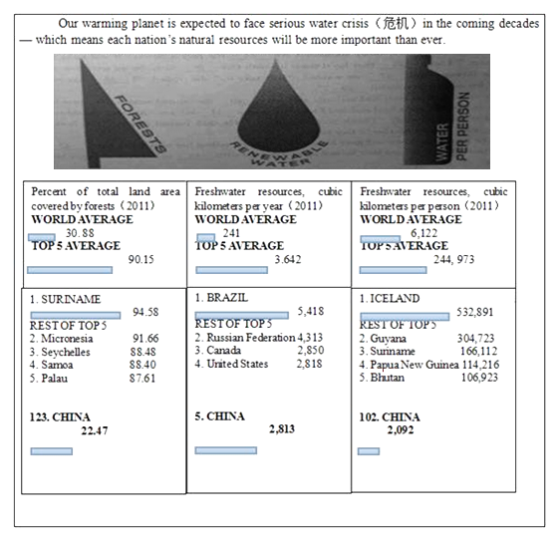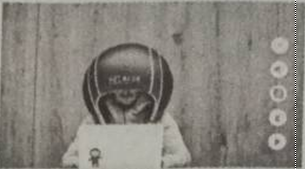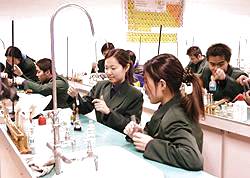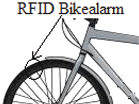0 147986 147994 148000 148004 148010 148012 148016 148022 148024 148030 148036 148040 148042 148046 148052 148054 148060 148064 148066 148070 148072 148076 148078 148080 148081 148082 148084 148085 148086 148088 148090 148094 148096 148100 148102 148106 148112 148114 148120 148124 148126 148130 148136 148142 148144 148150 148154 148156 148162 148166 148172 148180 151629











